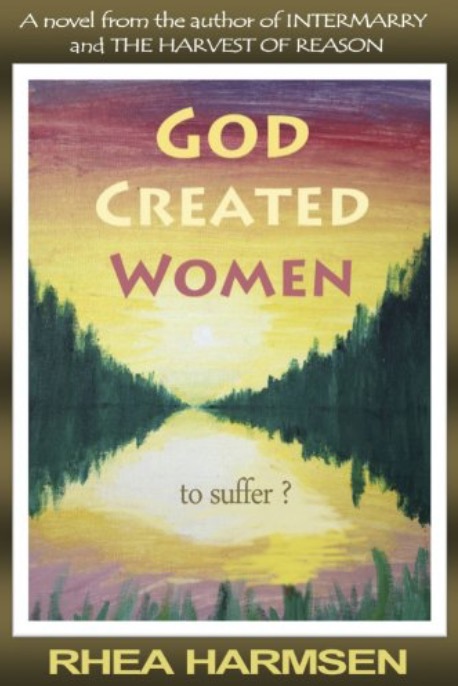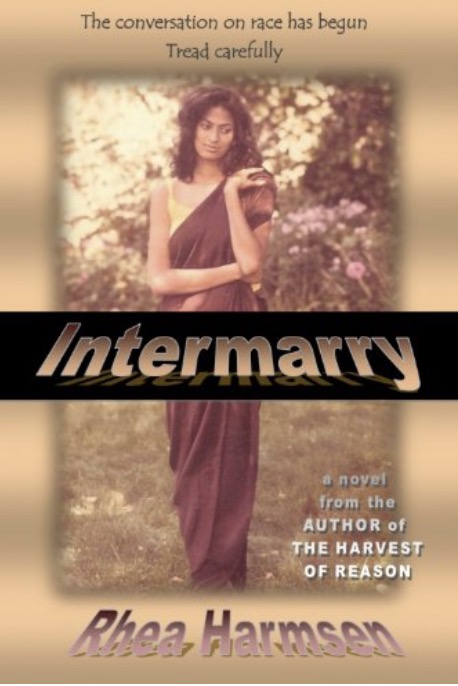The most challenging issue for Americans is race unity. Yesterday, today and tomorrow. How to harness the incredible power latent in our diversity. How to embrace it, how to love it. We still don’t know how to do this.
The ultimate litmus test of anybody’s hidden racism is how they feel about intermarriage. A wise man once said. “If it be possible, gather together these two races, black and white… and put such love into their hearts that they shall not only unite but even intermarry.” (`Abdu’l-Baha, 1912). But our collective and individual psyche is still stuck back in the days of plantation rape, and so as a nation we have a hidden aversion to the intimacy between blacks and whites. Perhaps Blacks even more so than Whites. In my opinion, very few stories, television shows and screenplays have been written with the seriousness and respect that this complex issue deserves. So I began writing fiction with a focus on interracial marriage, gender equality and chastity. I’m trying to illustrate what love truly is.
In The Harvest of Reason, I explore interracial love, the role of women in science, and the question of sex vs. chastity before marriage. Three articles published in prominent magazines show the relevance of these three themes. An article in the Atlantic Monthly (Interracial Intimacy, http://www.theatlantic.com/past/docs/issues/2002/12/kennedy.htm) on interracial intimacy shows how little Americans have grappled with the issue of love and marriage between the races and how far we still have to go. A Discover article (Does science need to adapt itself to women?, http://discovermagazine.com/2002/nov), while showcasing how vital the contributions of the “fifty most relevant women in science” have been to the advancement of science and medicine, sadly admits that the male dominated culture of science is still proving to be a very serious deterrent to increasing the numbers of women who practice it. The Newsweek article on “The New Virginity,” (http://www2.prnewswire.com/cgi-bin/stories.pl? CCT=104&STORY=/www/story/12-01-2002/) shows that in the age of sexual freedom, young Americans are still struggling with the choices and decisions of modern life.
A lot of people write about race. Mostly from the standpoint of exploring it as a problem. They can identify it, define it, they can tell you all the nuances of the issue. Few thinkers, however, can propose solutions to the problem of race, or create a vision of a society beyond race. No one seems to be modeling race unity or charting a path across the racial divide. So, the discourse either stays within the halls of academia or behind the walls of policy makers, who have to continually battle against a populous whose hearts are slow to change. I consider myself a scholar who has abandoned the halls of study to take the case to the people. After years of working for race unity and the advancement of women, I decided popular culture was the most direct route to promoting social change. All these issues can be explored, illustrated, and wrestled with, through fiction.
Here’s where the artist has a decided advantage over the scholar and politician, because among the mass of the people art can better awaken noble sentiments than cold rationalizing. The information enters through the heart, rather than the brain. In a sense then, the artist is the true educator, and if possessed of vision, he can be on the cutting edge of forging solutions to society’s ills. He is not merely reflecting the conditions that surround him, he is helping to create a vision of what can take us beyond them. The Harvest of Reason pushes the envelope, challenges the status quo, and ultimately, shows that change is not that complicated. It shows members of both races how to be individuals, and yet members of one human family.













Liked it! I agree with all of your facts!